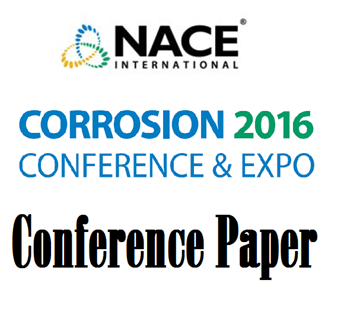Search
51318-10893-Internal Corrosion Monitoring in Natural Gas Pipelines using Fe Thin Film Coated Optics
Also Purchased
51318-10868-A Functional Test Program for Assessing Internal Corrosion Monitoring Probes’ Performance
Product Number:
51318-10868-SG
Publication Date:
2018
$20.00
51318-10937-A New Perspective on Corrosion Monitoring
Product Number:
51318-10937-SG
Publication Date:
2018
$20.00
51316-7259-Validation of Internal Corrosion Threat Guidelines for Dry Natural Gas Pipelines
Product Number:
51316-7259-SG
ISBN:
7259 2016 CP
Publication Date:
2016
$20.00




